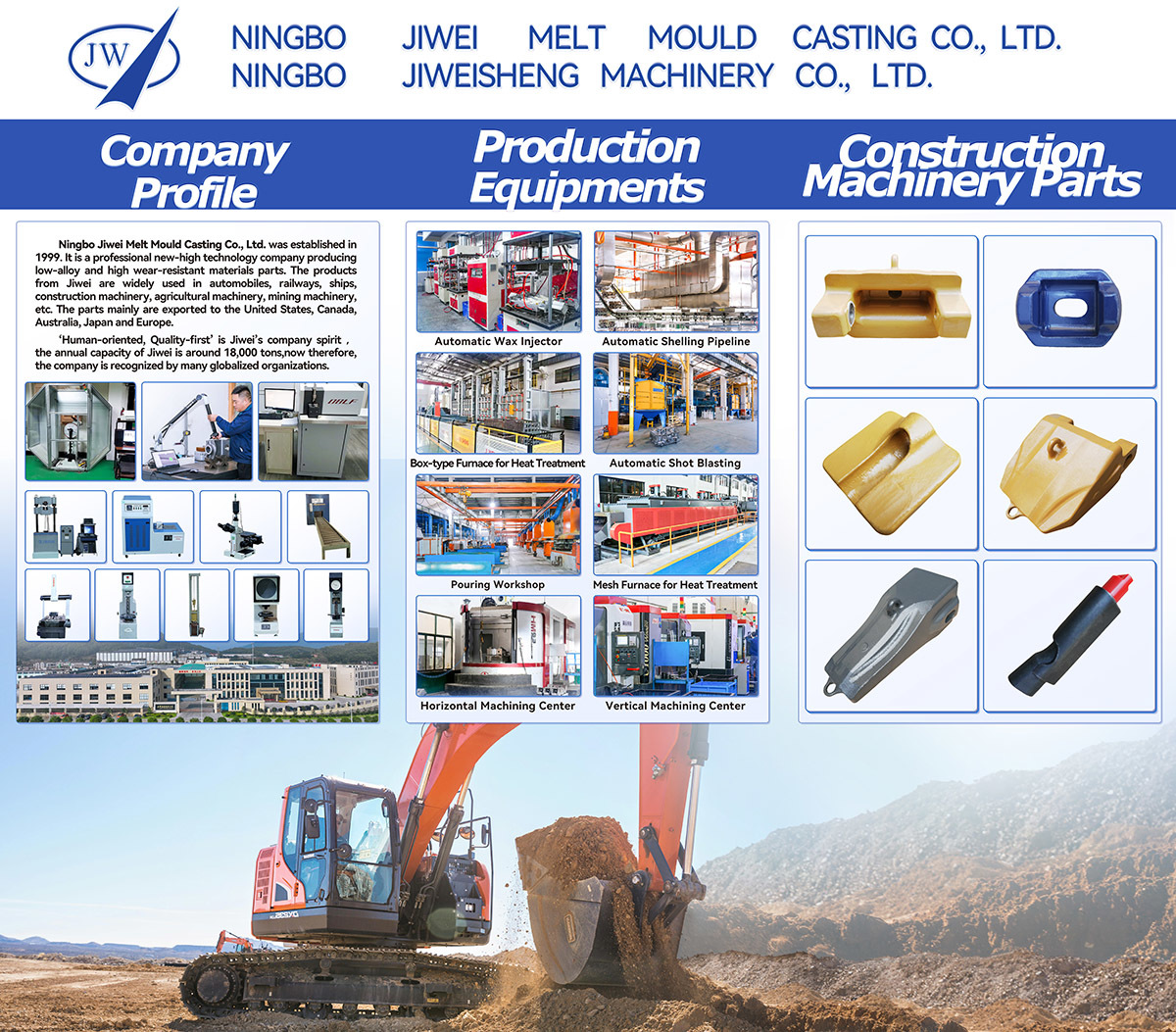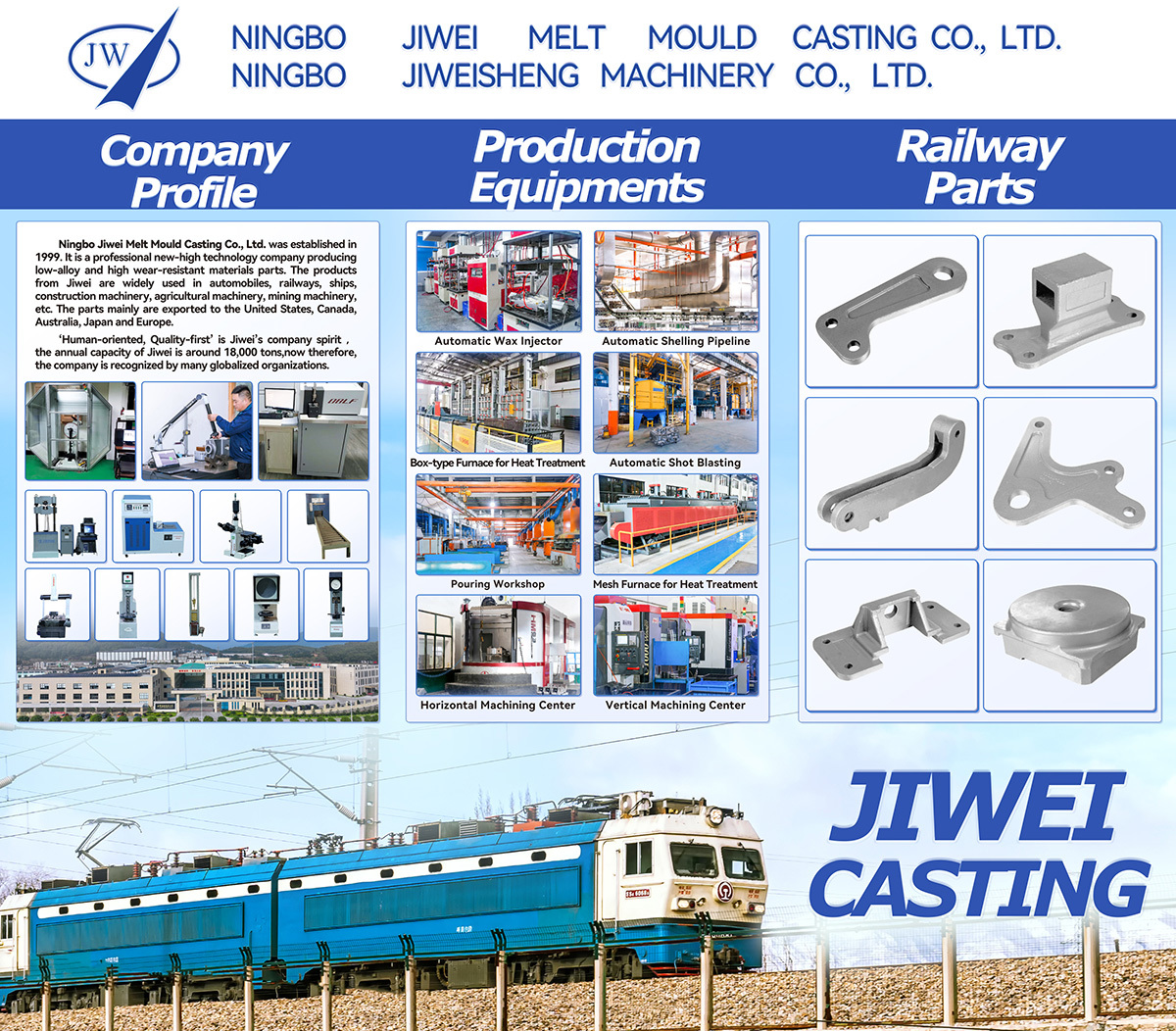18 Nov,2025
Unlocking Efficiency: The Best Practices for Using Semi Pitman Arm Pullers
Unlocking Efficiency: The Best Practices for Using Semi Pitman Arm Pullers Table of Contents 1. Introduction to Semi Pitman Arm Pullers 2. Understanding the Importance of Semi Pitman Arm Pullers in Engineering 3. Types of Semi Pitman Arm Pullers 3.1. Manual Semi Pitman Arm Pullers 3.2. Hydraulic Semi Pitman Arm Pullers 4. Key Components of Semi Pitman Arm Pullers 5. Best Practices
Unlocking Efficiency: The Best Practices for Using Semi Pitman Arm Pullers
Table of Contents
1. Introduction to Semi Pitman Arm Pullers
2. Understanding the Importance of Semi Pitman Arm Pullers in Engineering
3. Types of Semi Pitman Arm Pullers
3.1. Manual Semi Pitman Arm Pullers
3.2. Hydraulic Semi Pitman Arm Pullers
4. Key Components of Semi Pitman Arm Pullers
5. Best Practices for Using Semi Pitman Arm Pullers
5.1. Safety Precautions
5.2. Proper Usage Techniques
5.3. Maintenance Tips
6. Troubleshooting Common Issues
7. Frequently Asked Questions (FAQs)
8. Conclusion
1. Introduction to Semi Pitman Arm Pullers
Semi Pitman Arm Pullers are invaluable tools in the engineering and construction machinery sectors. Their design facilitates the removal of stubborn components, particularly in cases where space is limited or where other pullers fail to work effectively. Understanding the intricacies of these tools is critical for enhancing operational efficiency and minimizing downtime.
2. Understanding the Importance of Semi Pitman Arm Pullers in Engineering
In engineering and construction, time is of the essence. Projects often face tight deadlines, and efficiency is key. Semi Pitman Arm Pullers are designed to tackle the challenges of removing components such as steering gears and other mechanical parts that are often tightly fitted. Utilizing these tools correctly can significantly reduce repair times, ensuring that machinery is up and running promptly.
3. Types of Semi Pitman Arm Pullers
Semi Pitman Arm Pullers come in various types, each designed for specific applications and environments. Understanding the differences can help you choose the right one for your needs.
3.1. Manual Semi Pitman Arm Pullers
Manual pullers are simple yet effective. They rely on a mechanical advantage to apply force, making them suitable for smaller jobs. These pullers are lightweight and easy to manipulate, ideal for quick fixes or projects that require minimal equipment.
3.2. Hydraulic Semi Pitman Arm Pullers
Hydraulic pullers are more sophisticated, utilizing hydraulic force to achieve significant pulling power. These are essential for larger, more complex projects where mechanical leverage is insufficient. Hydraulic semi Pitman Arm Pullers are often favored for their efficiency and the ability to handle heavier components without damaging them.
4. Key Components of Semi Pitman Arm Pullers
Understanding the components of your semi Pitman Arm Puller is crucial for effective use. Key components include:
- **Arms**: The primary levers that grip and pull the component.
- **Center Screw**: The mechanism that exerts force on the component, enabling removal.
- **Threads**: Ensuring smooth operation, threads allow for precise adjustments during use.
Each of these components plays a pivotal role in the functionality and effectiveness of the puller, making it crucial to maintain them properly.
5. Best Practices for Using Semi Pitman Arm Pullers
Maximizing the efficiency of your semi Pitman Arm Puller requires adhering to best practices that ensure safety and effectiveness.
5.1. Safety Precautions
Before using a semi Pitman Arm Puller, always prioritize safety:
- **Wear Safety Gear**: Gloves and goggles are essential to protect against flying debris.
- **Inspect the Tool**: Check for any signs of wear or damage before use.
- **Use in a Clean Environment**: Ensure the workspace is free from clutter to prevent accidents.
5.2. Proper Usage Techniques
Using a semi Pitman Arm Puller with precision can significantly affect the outcome. Follow these steps:
1. **Position the Puller**: Align the arms properly around the component to ensure an even grip.
2. **Tighten the Center Screw Gradually**: Apply pressure slowly to avoid damaging the component.
3. **Monitor Progress**: Keep an eye on the puller’s movement to ensure stability throughout the process.
5.3. Maintenance Tips
Regular maintenance of your semi Pitman Arm Puller can extend its lifespan and improve performance. Consider these tips:
- **Clean After Use**: Remove any dirt or debris to prevent rust and corrosion.
- **Lubricate Moving Parts**: Regular lubrication will ensure smooth operation and prevent wear.
- **Store Properly**: Keep the tool in a dry, protected area to avoid environmental damage.
6. Troubleshooting Common Issues
Even the best tools can encounter issues. Familiarizing yourself with common problems can help you address them promptly:
- **Tool Slipping**: If the puller slips, ensure it is properly aligned and tightened.
- **Difficulty in Pulling**: This may indicate that the component is more stubborn than anticipated. Reassess your technique and apply additional force gradually.
- **Wear and Tear**: Regularly inspect your tool for signs of wear and replace parts as needed to maintain optimal performance.
7. Frequently Asked Questions (FAQs)
FAQs
1. What is the main advantage of using a hydraulic semi Pitman Arm Puller?
Hydraulic semi Pitman Arm Pullers offer greater pulling power, making them suitable for larger components that manual pullers may struggle with.
2. How do I know which size puller to use?
Selecting the right size puller depends on the diameter and type of the component you are working with. Always refer to the manufacturer’s specifications.
3. Can I use a semi Pitman Arm Puller for any type of vehicle?
While semi Pitman Arm Pullers are versatile, ensure that the tool is compatible with the specific make and model of your vehicle.
4. What maintenance is required for hydraulic pullers?
Hydraulic pullers require regular checks for leaks, ensuring the hydraulic fluid is at the proper level and lubricating moving parts.
5. Are there any alternatives to semi Pitman Arm Pullers?
Yes, alternatives include traditional pullers and specialized tools designed for specific applications. However, semi Pitman Arm Pullers are often preferred for their unique advantages.
8. Conclusion
In conclusion, effectively using semi Pitman Arm Pullers can unlock substantial efficiency in engineering and construction tasks. By adhering to best practices, understanding the tools, and maintaining them properly, professionals can ensure optimal performance and longevity. With the right techniques and knowledge, you'll be well-equipped to tackle any project with confidence. Embrace these best practices, and watch as your operational efficiency soars, ultimately driving better results in your engineering endeavors.







